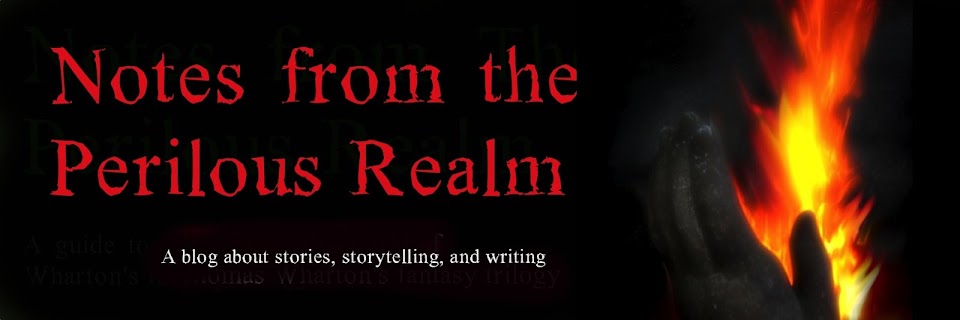When I was a kid
growing up in northern Alberta I heard a story about a magical place: a
small clearing in a grove of aspen trees, somewhere among the farms and fields of the district, that
had some kind of mysterious power. It was a place that could cure all ills,
whether of the body, mind or spirit.
The clearing was rumoured
to be on a particular farmer’s land, but if I ever heard the name of the farm
family involved, I don’t remember it. I don’t even remember who told me this
story.
The story went that
the farmer woke up one night without knowing what had disturbed his sleep. He
went outside and saw strange white lights glimmering and drifting far off
across his land. He thought maybe it was kids with flashlights goofing off,
maybe somebody playing a prank. He flicked his own porchlight on and off a few
times, to send a message to whoever was out there that he was watching. When
that had no effect he went and got his rifle and started walking across his
land toward the lights. He hadn’t gone far when the lights suddenly went out.
The farmer, it's important to know, had always been a bitter, angry sort of person, given to bouts of drinking
and rage.
The next morning the
farmer walked out to where he had seen the lights. It was a grove of trembling
aspens between two of his fields. In the middle of the grove was a clearing. Nothing seemed unusual or out of place there. It was a sheltered, peaceful spot of uncut grass and wildflowers. The wind stirred the aspen leaves and
they whispered as they always did.
But after the farmer left the clearing, everything had changed. From that
day on, much to the wonder and relief of his family, he was cheerful, loving,
and content, and never touched another drop of alcohol.
The farmer told his
family and a few close friends about what had happened and how he believed it
was the clearing that had changed him. He wanted to share the miracle with
those he loved and cared about. And so if anyone he told had an illness or a
sorrow or a family problem, he took them out to the clearing and left them to
spend a little time there, and more often than not the trouble was soon resolved.
Even if it wasn’t, the clearing was said to lift a person’s heart and fill you
with an unshakeable certainty that all would be well.
The story of course
got out, and people used to come out to the farm and pester the farmer to show
them to the clearing. He denied any knowledge of what they were talking about
and told them they were wasting their time. He had to chase off plenty of
curiosity-seekers he found wandering over his fields in search of the “magic
spot,” as it came to be known.
That’s pretty much
the story as I heard it. Aliens? Angels? I don’t know … to me the tale has the
ring of an urban legend. Or I should say, a rural legend. And the details don’t quite
add up. If the farmer became so happy and loving, why didn’t he share the
miraculous clearing with anyone and everyone who needed it?
Has anyone else heard
a story like this, maybe from some other agricultural region of Canada or the
world? I’d be interested to know.








